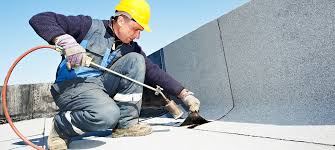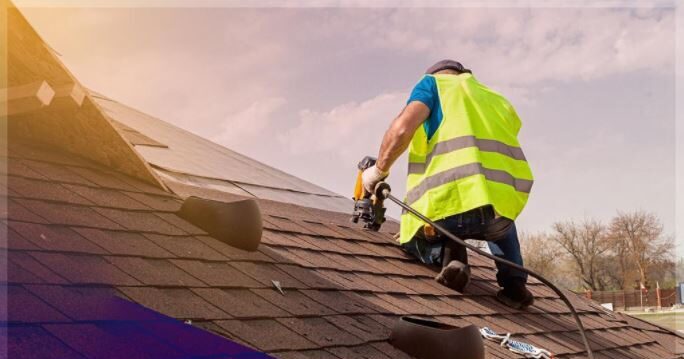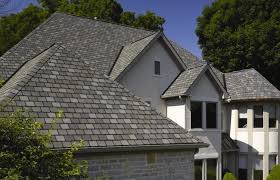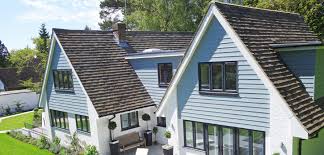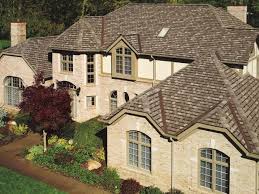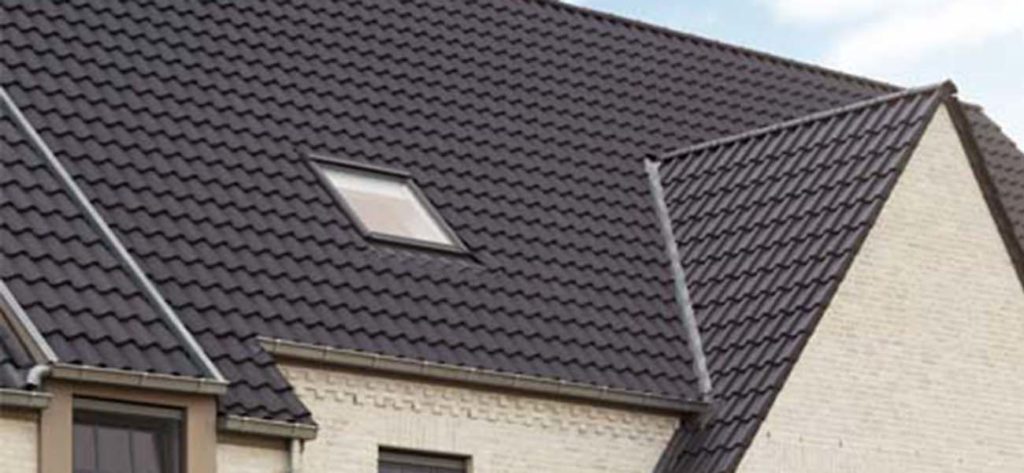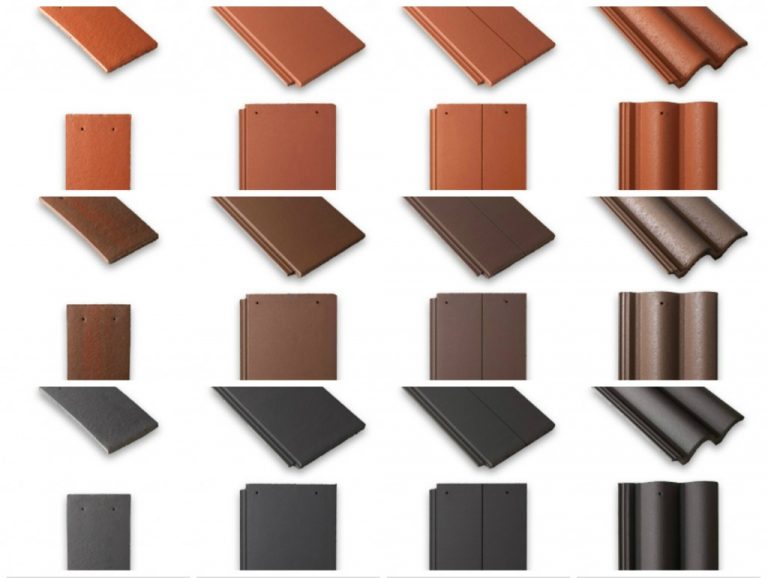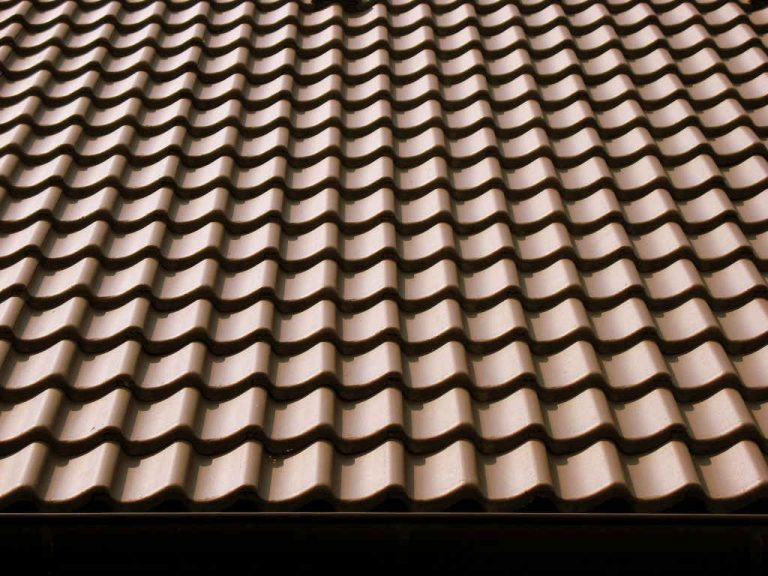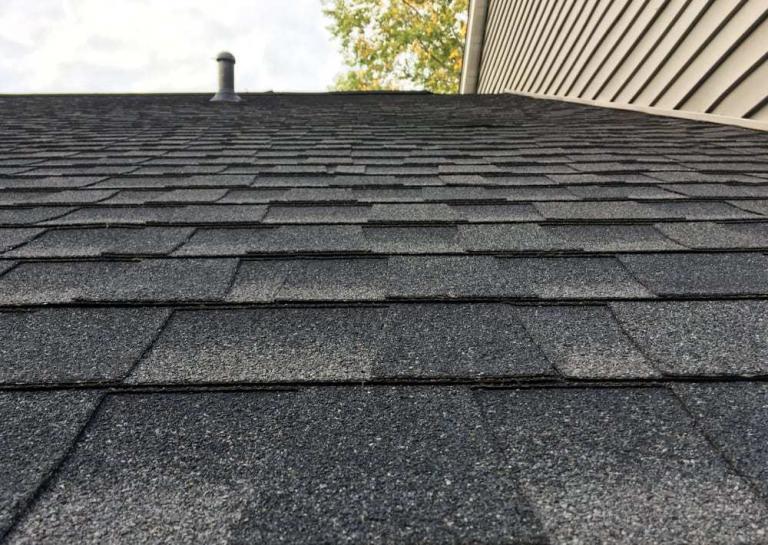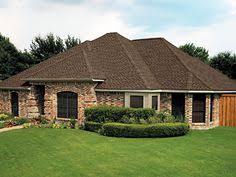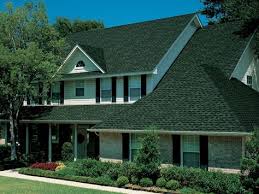commercial roofer
you are visiting this page you are either trying to learn more about roofing or you have a roofing problem. Either way, welcome to Cougar Construction and Roofing. We know roofing is somewhat of a mystery and we are here to shed like to something things that will help you understand and make more informed decisions
Being a roofing contractor we have seen the best, the worst, and the ugly when it comes to repairing the damage. The thing we learned most is a lot of our customers underestimated or did not really know what roof damage was. Majority of people only recognize roof damage when there is a leak in the ceiling or a hole in the roof. Yes, that indeed is roof damage, BUT that is not the beginning nor the end. We tell our clients that roof damage is anything that compromised the integrity of your roof. That might seem broad, but that is because it is not a cut and dry issue
To take a step back for a bit, your roof is the main lines of defense from the outside elements; we all know that. Your shingles give your roof the protective layers that are needed. If one shingle is cracked, curling, loose or missing your roof is compromised AND you have roof damage. Once you understand those facts you can begin to look at things differently. It almost forces you to become proactive rather than reactive. Meaning you do not wait for things to suddenly go wrong, you make sure everything is working the best you can so that they do not go wrong. Subsequently, if things should go wrong you have lessened the impact saving you time and money. This sounds like a lot, but that is only because you may not have looked at your roof in this light.
If you are looking for a Lakewood commercial roofer, the same rules somewhat apply to you too. Sure your roofing material is different than residential, but being proactive is key. You should also know how your roof is constructed. Is it single ply or Asphaltic? Additionally, you should know about coating and insulation
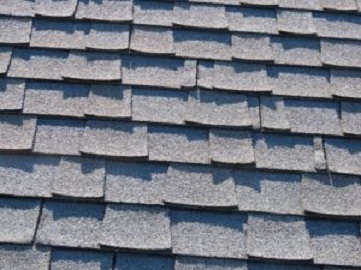
Roofing
My Home Improvements (MHI) is one of the leading suppliers of Roofing Services. We do everything from Roof Restorations, Roof Replacements, New Roofs, Repairs and Roof Inspections. MHI Roofing are fully QBCC Licenced and members of the Housing Industry Association (HIA). This means we can fully guarantee all our workmanship and products for your absolute peace of mind.
Roof Restorations(Re-Coating)
We can restore your roof so it looks new again – Metal Roofs, Tile Roofs and Terracota roofs can be made to look like new again. We can Repair your roof, replace broken tiles, rescrew rusty nails and then coat your roof with “Nutech” an awarding roof coating system designed to withstand the tough environment. We can restore Tile and Metals roofs. Checkout our portfolio of roof restorations.
Roof Replacements
There are a number of circumstances where it is better to replace a roof than just perform a serious of small repairs. Your roof could be damaged by using poor materials, bad workmanship, poor maintenance or environment circumstance. The good news is that a new roof will look great, add value to your property, protect your home, reduce cooling and heating costs.
Roof Repairs
We have a full team of roofing professionals that can help you with your immediate needs such as leaking roofs, small damage such as cracked tiles, issues with sealants and flashings. We can even deal with issues such as solar fixtures and mountings, skylights and anything else up on your roof.
Roof Inspections
A professional roof inspection is the only way to properly diagnose any potential problems with your roof before things get any worse. MHI Roofing are fully licensed roofing contractors with over 20 years experience. We are experts in identifying the causes behind simple and complex roofing problems
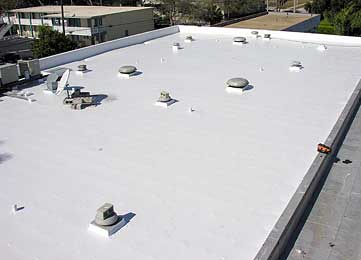
COMMERCIAL ROOFING
What to look for in a commercial roofing company
You have several choices when it comes to finding a commercial roofing contractor in Louisiana, and it can be difficult to narrow things down. Your roof is a major investment, and you want to make sure you choose the contractor that can provide the best possible services for your needs. We are a renowned, trusted commercial roofer, and we provide full service, from commercial roof repair and replacement to new construction installation.
Make sure your contractor is licensed and has insurance
Roofing contractors need to be registered with the government, so the first thing you should do is check to make sure that they are properly licensed. It’s also crucial that they have insurance to protect their workers while they are on the job. If they don’t have insurance, your business could be held liable for any injuries or accident that happen while they are working on your roof.
Look for someone in your local community
Finding a contractor who is local to where you are based will make a big difference when it comes to the ease of getting your project done. A locally based contractor will be completely familiar with the requirements of your climate and the type of architecture that’s common in your area. This will enable them to give you better advice about the materials and structure you should use
Choose someone with experience
The more experienced your roofing contractor is, the more peace of mind you will have. When selecting a contractor, look to see what types of projects they have done in the past. Ideally, you should choose someone who has completed projects that are similar to what you need for companies like yours in the past. Look for a contractor who has worked with businesses operating to a similar budget as you, and don’t be afraid to ask for examples of their past work in their portfolio to get an idea of what they have to offer
Ultimately, you need to go with your gut when choosing a roofing contractor for your commercial project. Don’t be afraid to interview several different contractors until you find the one that you feel is the best fit.

When to Get a Commercial Roof Inspection
Protecting a commercial roof ensures longevity and health for all buildings. For businesses, in specific, it also helps to protect business owners from liability and it allows the business to operate efficiently and effectively without setbacks or interruption. For this reason, it’s usually a good idea to have a commercial roof routinely assessed or evaluated to ensure there are no needed repairs or replacements. By having your commercial roof inspected regularly, you’ll always be up-to-date on the current status of the roof. In addition
That said, if you’re looking for a commercial roof repair or replacement, roofing projects typically begin with a thorough inspection, as well. So you may be thinking, okay, when is the best time to get a commercial roof inspection complete
Commercial roof functionality
A commercial roof is a roof that is designed to shield a commercial property from the elements. Most commercial roofs are flat, and they are designed for practicality and durability, rather than aesthetics. Since most commercial roofs are flat, they give the owner of the commercial property more space to work with, for things like storage and setting up maintenance systems for the property.
In essence, a commercial roof is a roof that is designed to shield a commercial property from the elements. Some of the most common types of commercial property are properties such as retail stores, office buildings, and apartments. Each one of those commercial properties requires a roof that is durable and functional, so that it can protect the interior of the property from things like snow and rain.
Most commercial roofs are flat, which is unlike the majority of residential roofs. More often than not, flat roofs are stronger than sloped roofs, which makes them better for protecting valuable commercial property. Along with that, however, is the fact that flat roofs give the owner of the commercial property more space to work with. The space on the roof can be used for storage, for example, while also serving as an easy place for things like drainage and HVAC systems to be set up.
Things You Need To Know When Replacing Your Roof
Because new roofing systems typically last 20 to 30 years, replacing your roof is a pretty serious decision. That’s why you shouldn’t take planning and preparation lightly. When it comes to a new roofing installation, you have more options than ever to make sure you’re getting the most out of your budget.
Measure First
The best place to begin is by measuring your roof. Unless you have a clear idea of the square footage of your roof, you can’t be confident that you won’t end up paying more than you have to. A reliable roofing contractor will provide accurate measurements so that you only buy the materials you need. Once you have the exact measurements of your roof, you can more easily determine which materials and roofing options you want and fit within your budget.
Re-Roofing
Have you considered re-roofing? Re-roofing over your existing roof system requires less work than removing your old roof to install a new one. Although this option may be cheaper than a brand new installation, it can result in additional problems in the long run. For example, heat or moisture may build up between the old and new materials, resulting in more severe damage.
Materials
With a new commercial roof, there are more material options than ever before. There are no one-size-fits-all roofing systems. That’s why we recommend that you research all of your options to find an optimal solution for your needs. Selecting the right material is about finding a balance between longevity, your facility’s needs, and budget. A quality roofing contractor can work with your unique needs, goals, and budget to help you decide on the ideal roofing material for your situation.
Ventilation
As you’re planning for a new roof replacement, it’s also a good idea to check that your ventilation systems are working as they should be. Proper ventilation can help extend the life of your new roof system by regulating temperature and moisture. Before replacing your roof, ensure that you have the appropriate ventilation measures in place to protect your investment.


